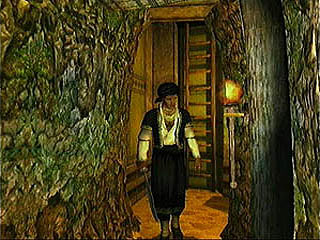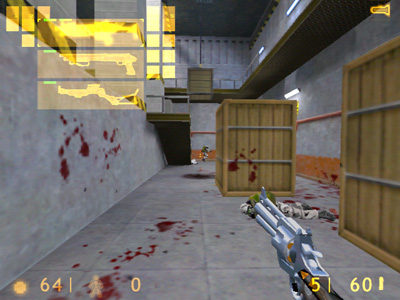I considered doing a post about the ultimate goal in man's pursuit in life... but I thought I'd stick with video games, at least for this blog anyway. All games, in some way or another, implement some sort of reward system. They have to. How will a player receive feedback if nothing is said, given or presented to the player? How will progression take place if not through enhancing and developing the player's skillset or abilities? Name a game series that wasn't remembered for some element of its reward system. Yeah. Exactly.
So as I was thinking about the different types of rewards, I wondered "What is the one reward to rule them all?". That is, which reward type is most enjoyable, and/or keeps players coming back for more? Let's have a look:
Access: So, these type of rewards open new areas to players, either temporarily or permanently. Probably the most common type of reward in adventure games such as Metroid or Zelda. Let's use Ocarina of Time as an example, since it is/was considered "the best game of all time" (til something rhyming with Me P.A. Law came out). Once a player had advanced a certain part of the narrative, a new area would be made available. For example, climb a mountain and talk to a Goron and you open up a new dungeon. Much later in the game, approach the same area 7 years later in the game time with a new skillset and by talking to a baby Goron, and suddenly the entire interior of the mountain becomes available. Personally this part was a big thrill for me, as finally being able to enter areas you've been seeing from a distance had a real feeling of value, and many other player share the same belief. That said, perhaps this type of reward is necessary for progression in ANY game. If new areas or songs or challenges did not become available in response to some player action, the idea of progress would not exist.
Facility: Related to strengthening and enhancing playable characters. Zelda is another perfect example of this. In fact, the entire game and its progression rest in these rewards. After partially completing each challenging dungeon, a player is rewarded with some sort of new weaponry, such as bombs, boomerangs or arrows. These things allowed players to access the new areas, and hence usher in the rewards of access. In fact, this is identical in any game: Guitar Hero, where new player skills usher in new songs; Metroid, which is much the same as Zelda; even Grand Theft Auto uses this idea.
So perhaps these two reward systems MUST be contained in a game. They seem to be too interlinked to be separated and compared. Hence, it must come down to the final two. Is it for glory, or for sustenance?
Just as brief definitions, sustenance rewards are just that: all about sustaining a player's character or characters. Rewards of glory usually take place outside of the magic circle of the game, usually in the community of gamers.
It seems that sustenance, for a very long time, was a main focus for rewards in games. This was usually in the form of RPGs, such as Final Fantasy. Your character and/or characters have permanence: their statuses aren't lost on power off like in games like Mario. One of the main ways this was delivered was in the forms of level ups and equipment, offering many unique and customisable rewards for players. This is also present in online games such as World of Warcraft and Guild Wars, and is the sole focus of many players for a very long time, until...
...their focus switches to the rewards of glory. The focus and adoration of the fan community. You have a Level 70 Paladin now. So what? Other players do not consider this an achievement, and in games where there is a strong community focus, the community will inevitably drive players to focus on these rewards. It's not a matter of "how good are you at Guitar Hero", it's "What's your top score on Through the Fire and the Flames", or "How many 40-man raids have you led?". Albeit, the same questions cannot be asked of Final Fantasy or other RPGs.
This leads us to an interesting point. Glory and sustenance seem to be more valuable depending on the genre and community focus they are used in. RPGs like Final Fantasy, played against the computer, seem to do well to reward players via sustenance. Games where there is a strong community focus, such as MMORPGs or rhythm games, do well to reward players via glory.
So perhaps there isn't one reward to rule them all. But it seems that wise designers should consider genre and the metagaming elements in the creation of any reward structure.
(Types of rewards taken from ITN016 Lecture 7, from QUT Blackboard, written by Penny Drennan)







